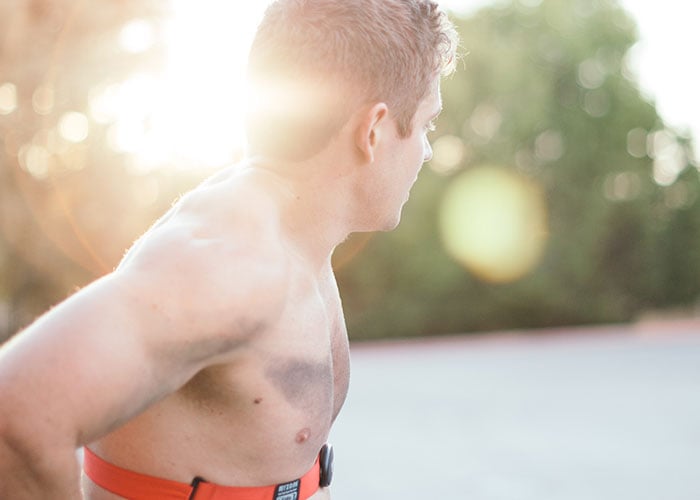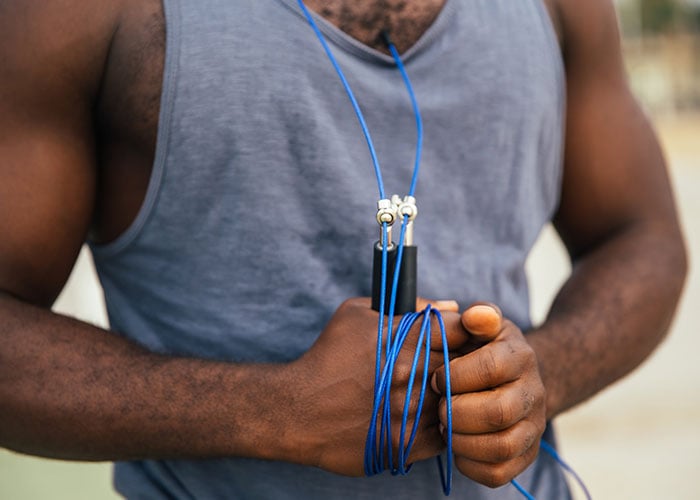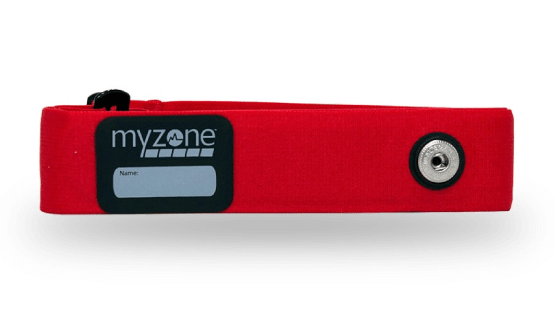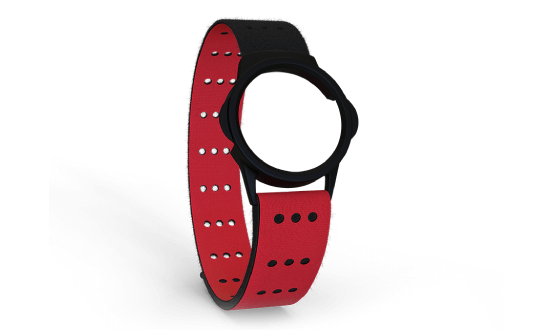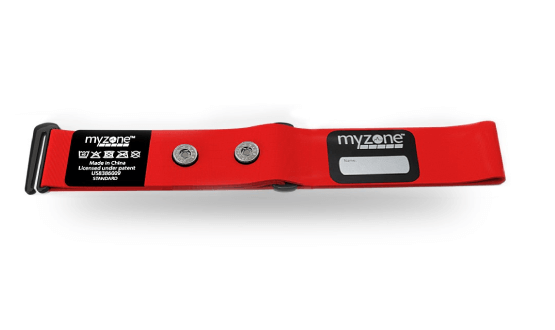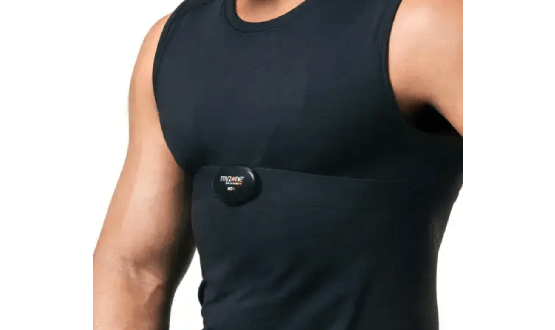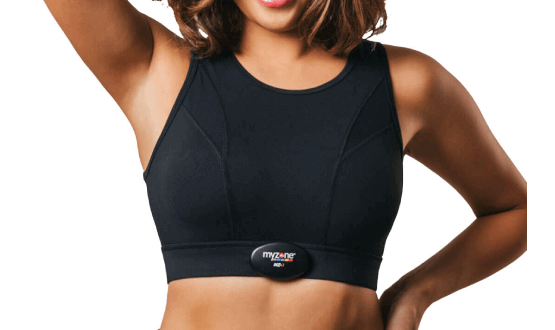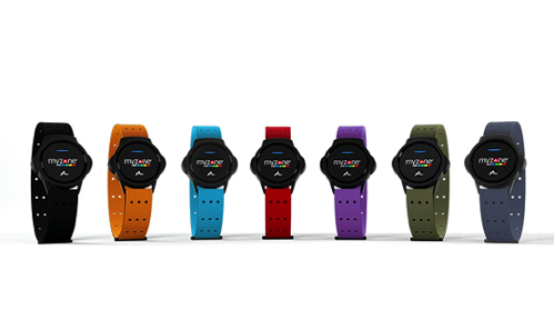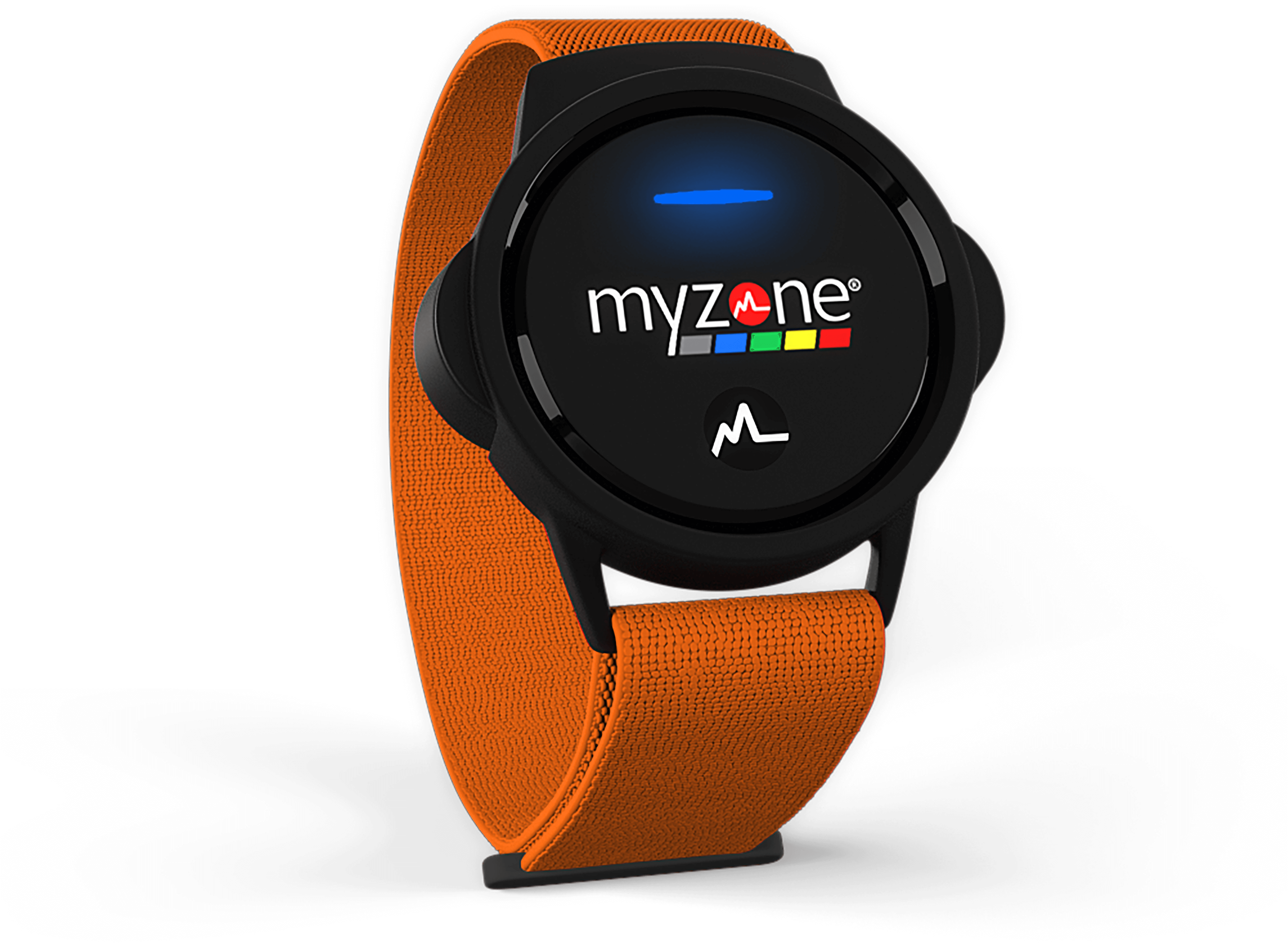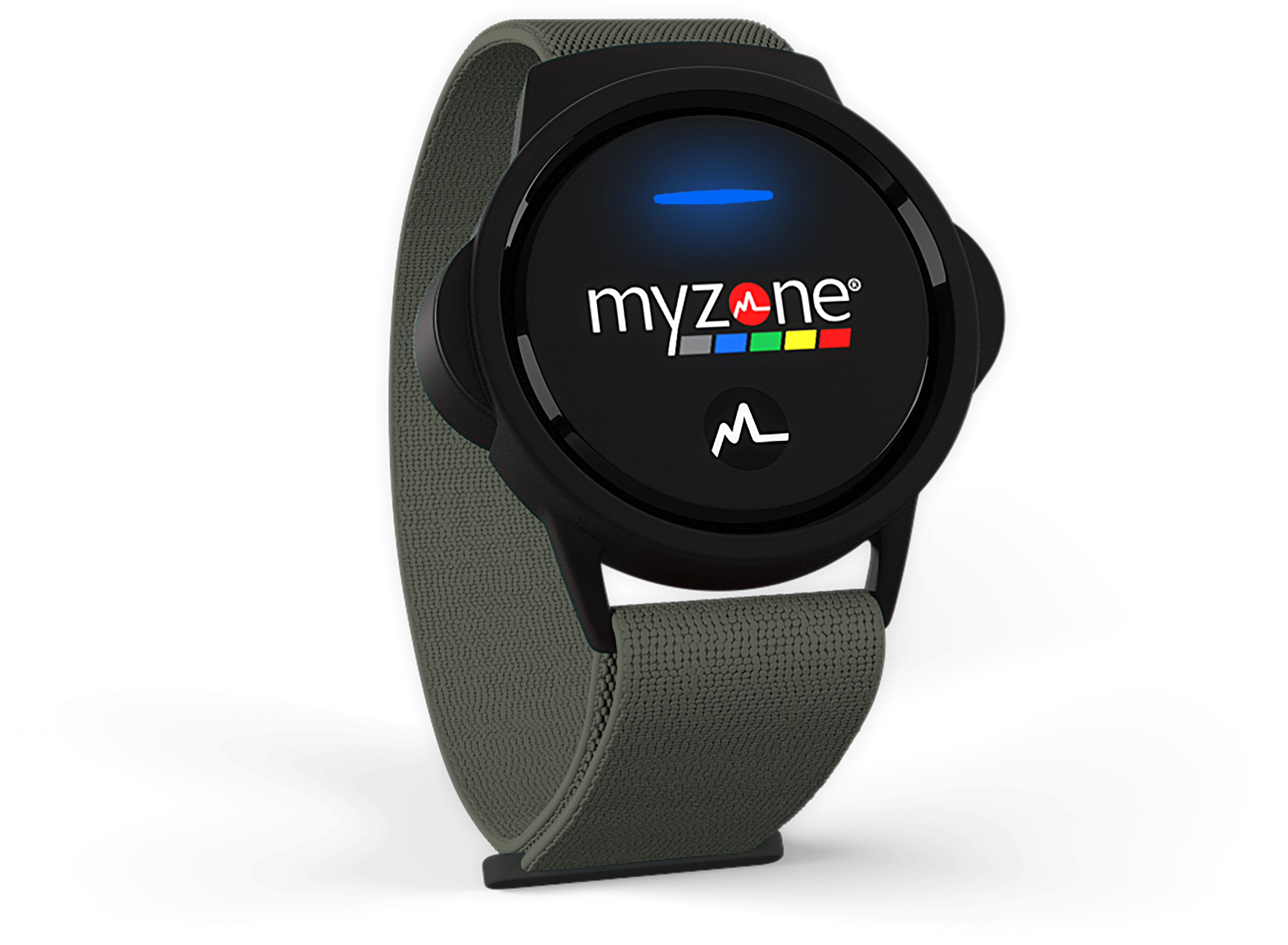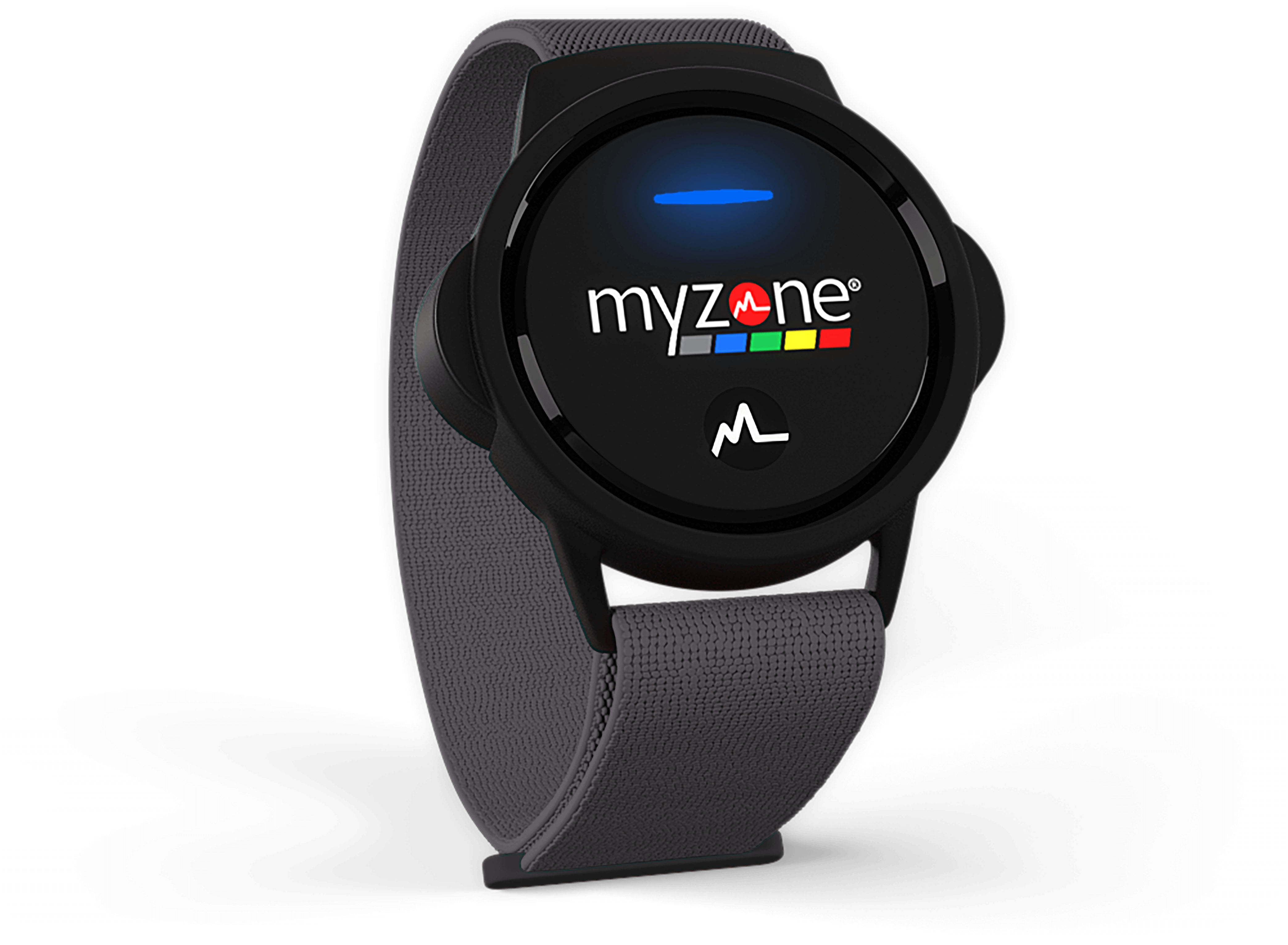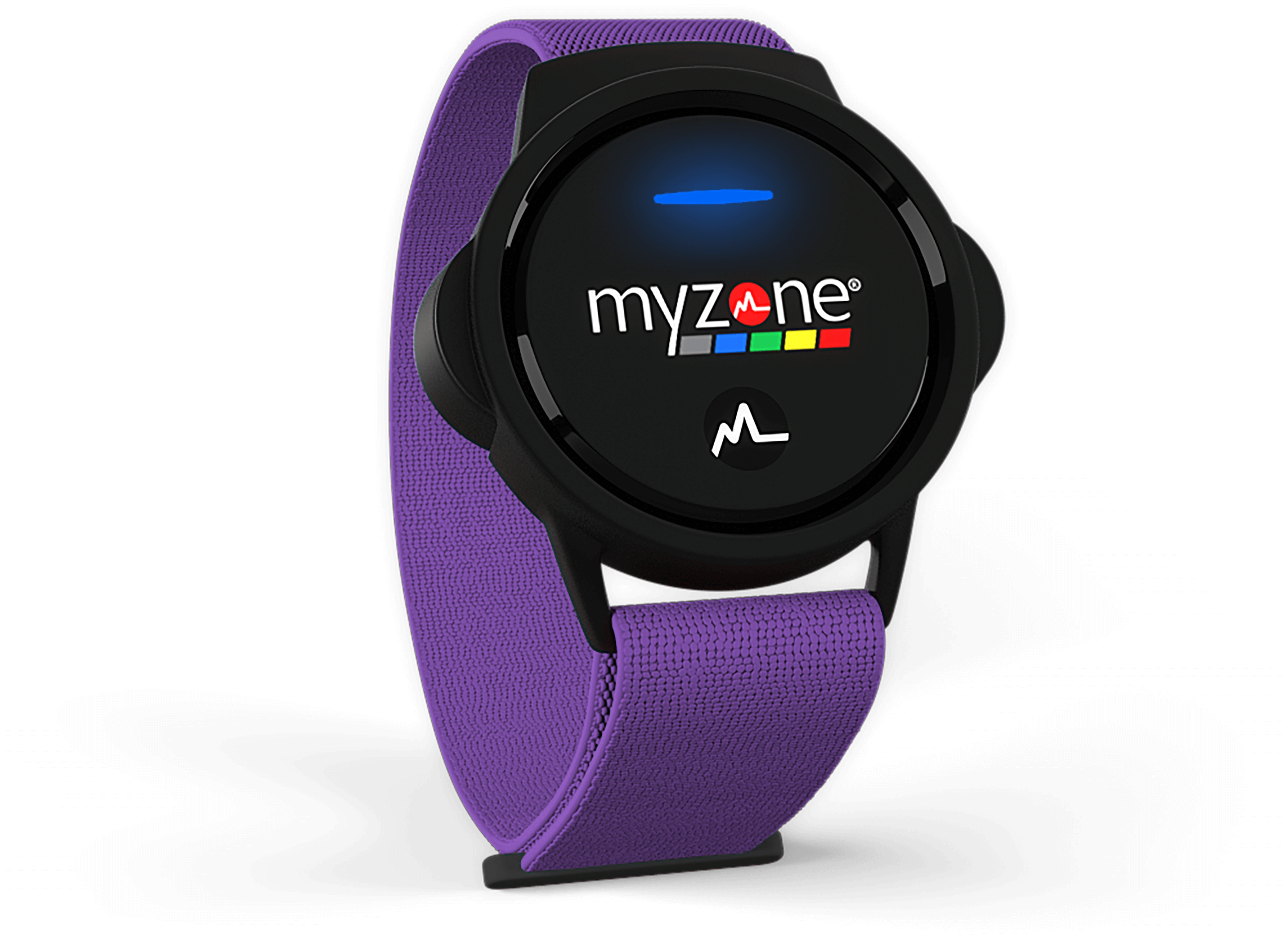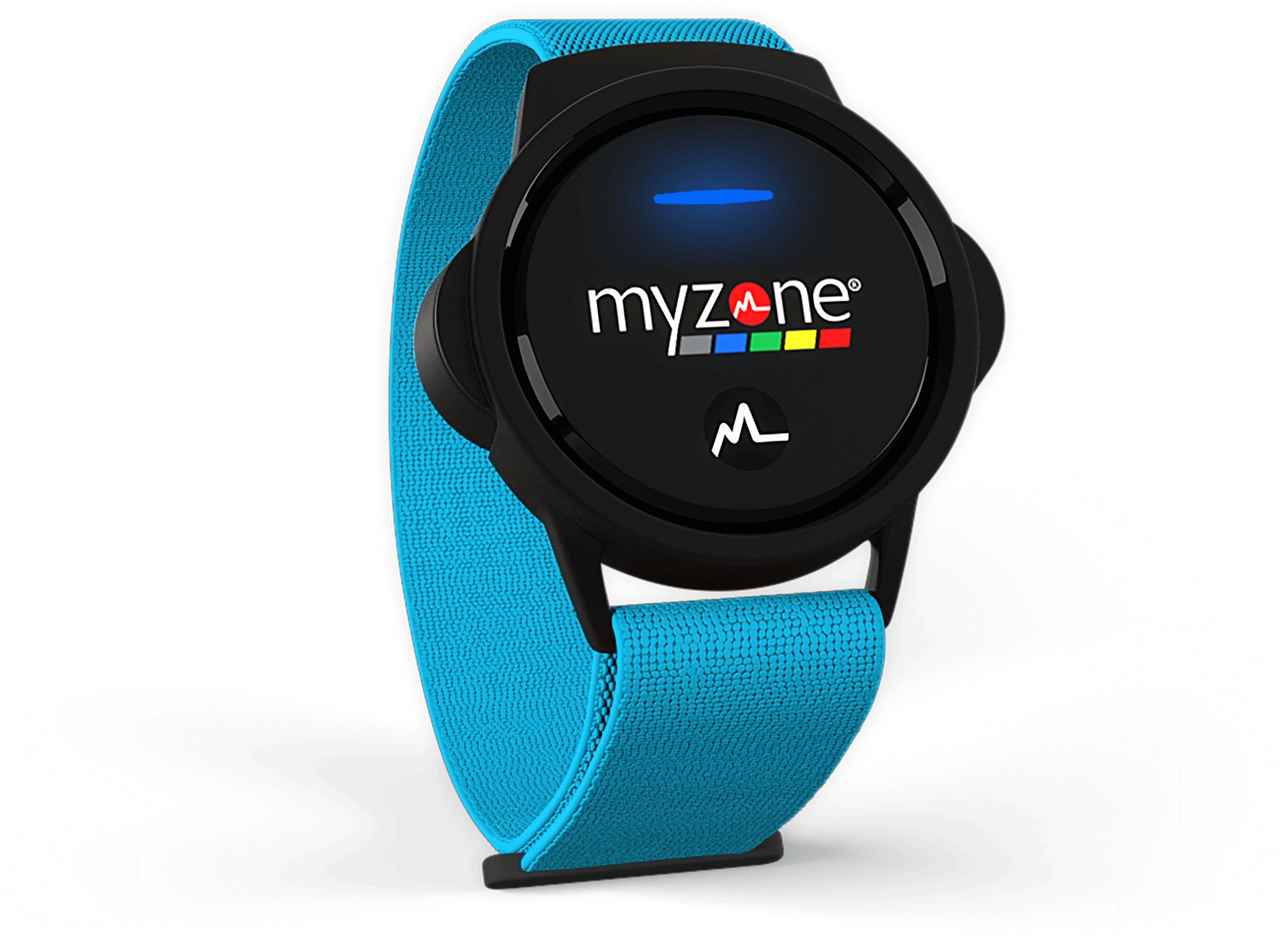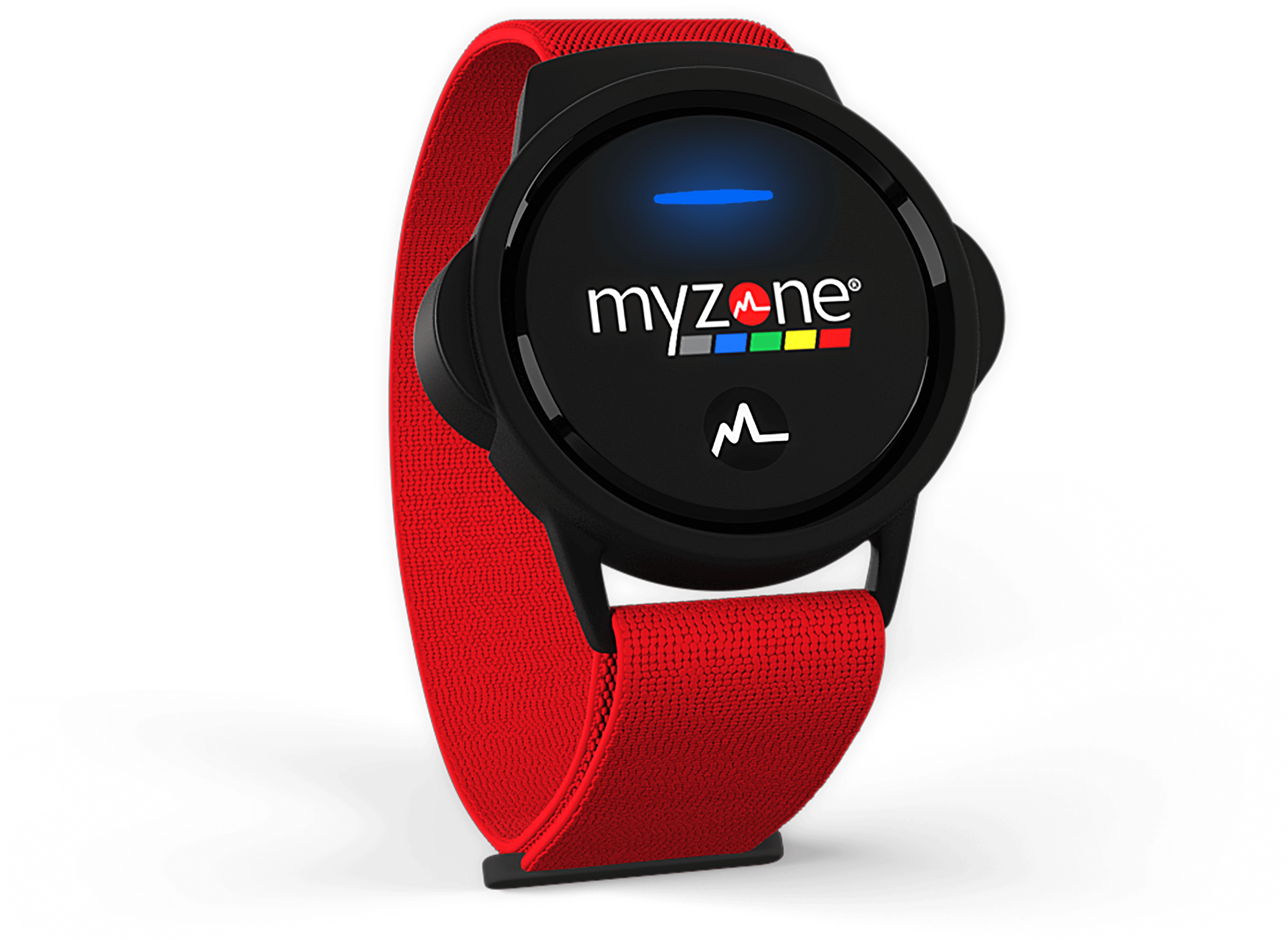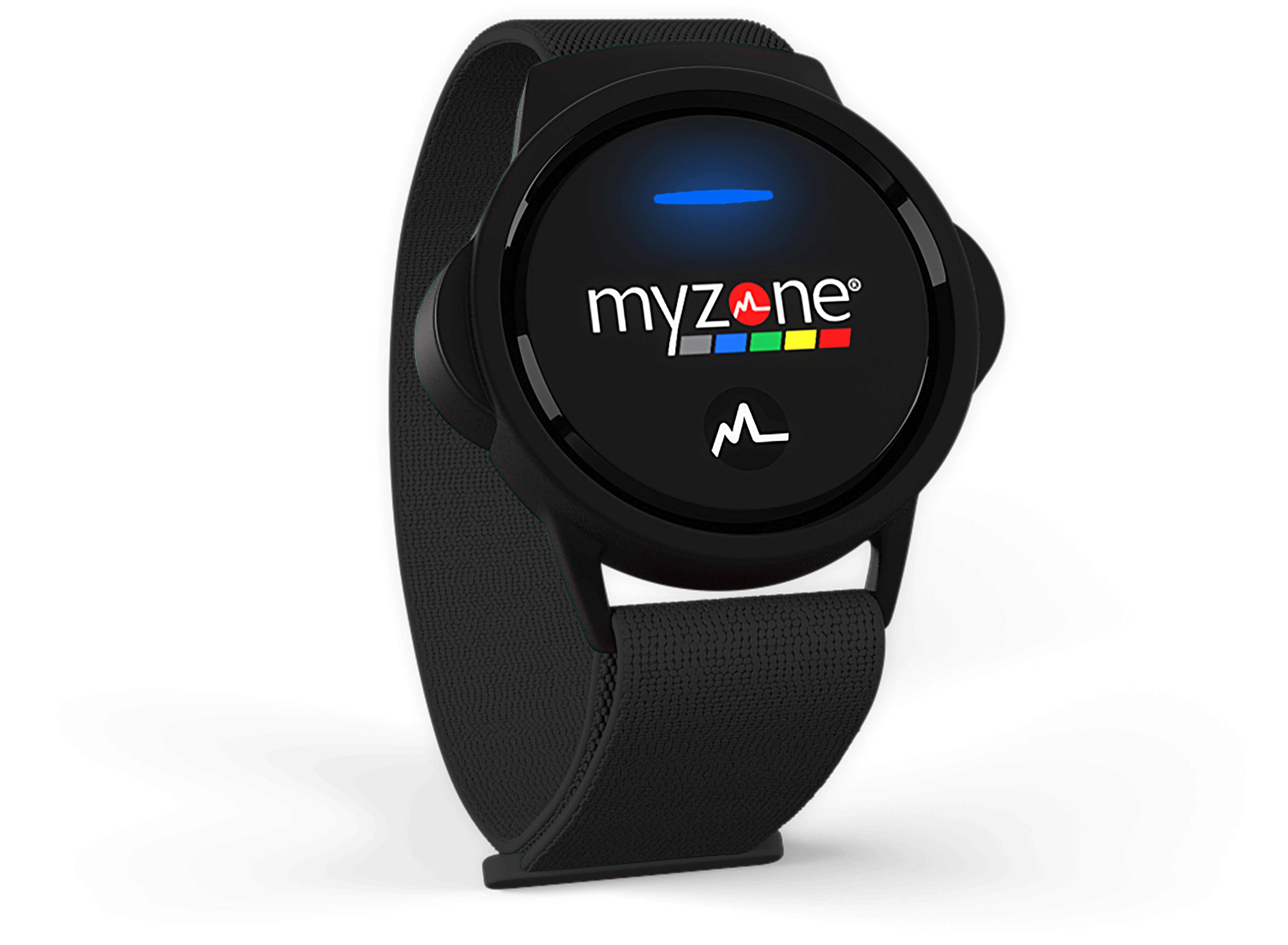We wrap up Healthy Heart Month with two ways you can use your Myzone belt to assess your heart fitness every month.
Let’s start with the definition of cardiorespiratory fitness. Cardiorespiratory fitness is the ability of our heart, lungs, and vascular system (blood vessels) to supply the cells of our working muscles with oxygen and nutrients to produce the energy needed to perform rhythmic and dynamic movement over time.
As we become more fit our heart, lungs, and vascular system transport blood, oxygen, and nutrients to the cells of our working muscles more proficiently and efficiently. We can measure these improvements in our heart fitness over time using our Myzone belt.
Two quick and easy ways to track your heart fitness each month are to assess your resting heart rate and submaximal heart rate response to a specific work rate.
Resting Heart Rate
Resting heart rate (RHR) is the number of times our heart beats in one minute when we are at complete rest. In general, a RHR of 60-100 beats per minute is considered normal for adults, while well-trained individuals may have a RHR lower than 60.
We’ve written about a “fit” heart previously:
A “healthy, fit” heart is highly efficient. It does just the right amount of work – no more than is needed – in order to avoid undue stress. Since we need our heart to work for the length of our life, a more efficient heart is ultimately better for our health and longevity.
As our cardiorespiratory fitness improves, our RHR will decrease over time. In general, one can expect a drop of 20-30 beats per minute in resting heart rate after starting and committing to a regular training program. This change may take 3-6 months or more of regular training.
This improvement occurs because our heart becomes stronger and more efficient at pumping out more blood with each beat – called a stroke volume increase. Further, our vascular system becomes more pliable and allows for faster, more efficient transport of blood. Our heart does not have to work as hard at rest because it has improved its efficiency.
Myzone automatically stores our RHR as the lowest heart rate it detects when we are wearing our belt.
Resting Heart Rate Assessment
Here is how to do a quick RHR assessment every 4-8 weeks:
We recommend that you strap your belt on and wear it while you sleep overnight OR put it on first thing in the morning and lay down for about 10 minutes. Make sure you hear one beep to indicate that your belt has activated and/or open your app to the “Workout” screen to see that your belt has synced. By wearing your belt overnight or first thing in the morning, you minimize the effect of any external factors that may impact your RHR like caffeine or emotions that may cause you to be less relaxed. To further minimize the effect of variables on your RHR, hold as many variables constant as possible (i.e. perform the assessment at the same time, get the same amount of sleep, maintain your workout routine).
After you’ve done your RHR assessment, go into the “My Body Metrics” section of your Myzone app. You should see your resting heart rate on the left side of the screen.
In order to keep a running log of your RHR, write it down and keep it stored somewhere you can reference it. Monitor how much your RHR improves over time.
Submaximal Heart Rate Response
Submaximal heart rate is any heart rate less than maximum heart rate (MHR). Our Myzone Zones are based off of submaximal heart rate zones. Gray = 50-59% MHR; Blue = 60-69% MHR; Green = 70-79% MHR; Yellow = 80-89% MHR; Red = 90-100% MHR.
The more fit we become, the more of an exercise stimulus (or work rate) is required to elevate our heart rate up into the higher submaximal intensity zones. Similarly, our submaximal heart rate response to the same work rate will decrease over time as we become more fit.
For example, if running at 6.5 miles per hour at a 1% incline on the treadmill got us into the RED zone (say ~92%) the first few times we ran at that work rate, we may find that our heart rate only reaches the YELLOW zone (say ~85%) after a few weeks of training.
The Activity Calendar feature of the Myzone system makes it convenient to monitor changes in our submaximal heart rate response over time. Take a look at similar workouts you performed in different weeks and different months and take note of your average intensity, your peak heart rate, and your intensity graph – see if you can notice changes in your submaximal heart rate response. This will require you to be diligent about labeling your workouts (and maybe attaching a picture to help you remember) so that you can compare over time.
If you really want to be able to see changes in your submaximal heart rate response over time, be purposeful about noting your work rate for each workout. Examples of this include: speed and incline for running and elliptical, rotations per minute (rpm), watts or distance for cycling, distance, strokes per minute, and watts for rowing. This can also include load, sets, reps, and rest period for resistance training, like a circuit.
Just like the resting heart rate assessment, the more variables you can hold constant each time you assess your submaximal heart rate response, the more reliable your results will be. Let’s go back to the treadmill example – 6.5 miles per hour at a 1% incline. You could perform an assessment each month on a particular day at a particular time and run for 20 minutes at 6.5 miles per hour at a 1% incline to monitor changes in your submaximal heart rate response. Perform the same warm-up and cool-down each time. You could even be as specific as trying to replicate your sleep the night prior and your nutrition and hydration the day of.
Keep moving forward!
We hope you enjoy these assessments and find them helpful!
Remember to use the hashtags #myzonecommunity and #myzonemoves when you post your workout pics, and don’t forget to add your workout pics with your moves in your Activity Calendar.
For more tips on how to use the Myzone® heart rate monitor and App, follow us during Fitness Fridays on Facebook Live (subscribe on Myzone’s Facebook Page) – 8 am PT, 11 am ET.




